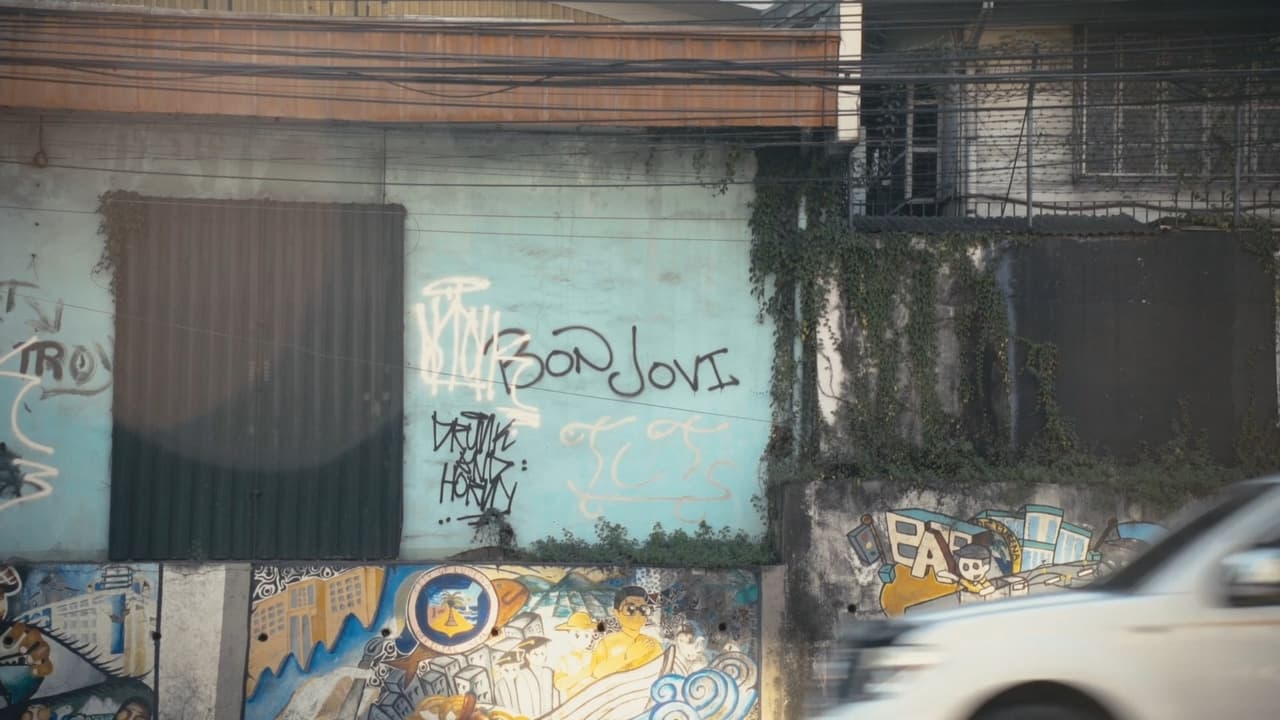
A Bad Name (2024)
Two street artists with contrasting intentions about the artform tell the relevance of street art in society while accompanied by an enigmatic graffiti writing, “Bon Jovi.”

Two street artists with contrasting intentions about the artform tell the relevance of street art in society while accompanied by an enigmatic graffiti writing, “Bon Jovi.”

Ashes and Snow, a film by Gregory Colbert, uses both still and movie cameras to explore extraordinary interactions between humans and animals. The 60-minute feature is a poetic narrative rather than a documentary. It aims to lift the natural and artificial barriers between humans and other species, dissolving the distance that exists between them.
The inspirational story of Marta Becket: 76-yr old singer, writer, dancer, painter, visionary, and her creation Amargosa.
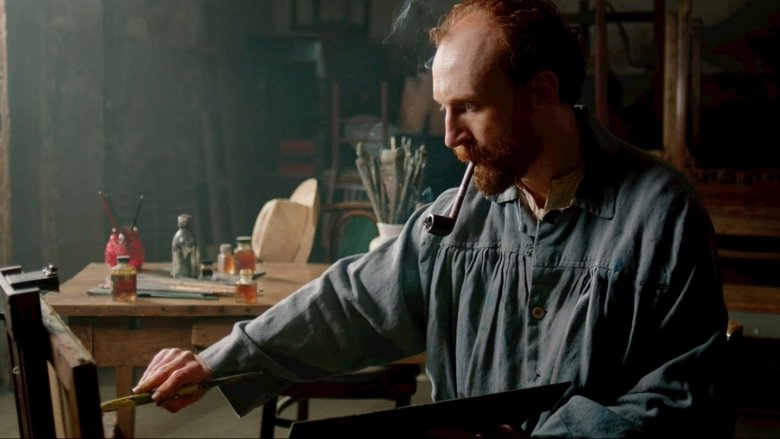
Working closely with the Van Gogh Museum in Amsterdam, Sunflowers goes beyond a ‘virtual exhibition’, delving into the rich and complex stories behind each of the paintings to unveil the mysteries of the sunflowers. What did the flowers mean to Van Gogh, and why do they resonate so much with audiences today? With a striking portrayal of the artist by actor Jamie de Courcey and fascinating insights from art historians, botanists and everything in between, the film offers a unique insight into Van Gogh’s life and artwork.
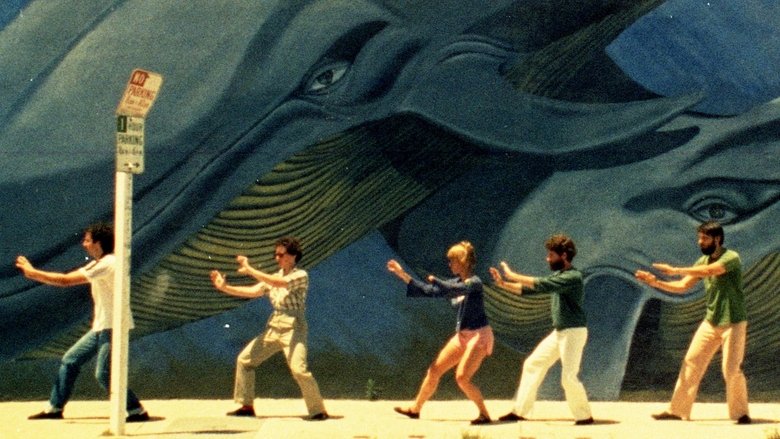
Venturing from Venice Beach to Watts, Varda looks at the murals of LA as backdrop to and mirror of the city’s many cultures. She casts a curious eye on graffiti and photorealism, roller disco & gang violence, evangelical Christians, Hare Krishnas, artists, angels and ordinary Angelenos.

War is a compelling stimulus to the imagination, creating some of our richest and most powerful artistic inspiration. Oscar-winning actor Eddie Redmayne takes an intensely emotional journey, visiting artists’ studios, museums and travelling to battlefield locations to shine a powerful light into the abyss of warfare, where War Artists have left a unique legacy.
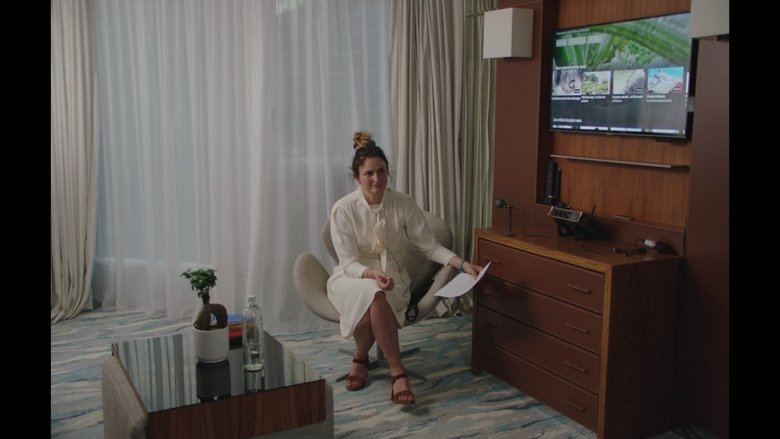
In 1982, Wim Wenders asked 16 of his fellow directors to speak on the future of cinema, resulting in the film Room 666. Now, 40 years later, in Cannes, director Lubna Playoust asks Wim Wenders himself and a new generation of filmmakers (James Gray, Rebecca Zlotowski, Claire Denis, Olivier Assayas, Nadav Lapid, Asghar Farhadi, Alice Rohrwacher and more) the same question: “is cinema a language about to get lost, an art about to die?”
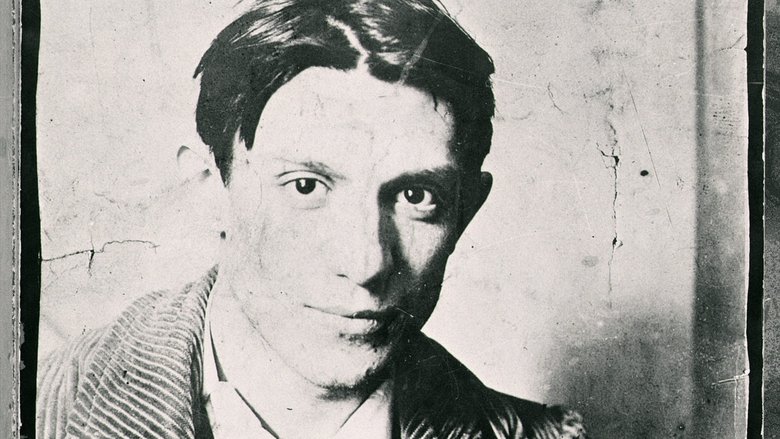
Pablo Picasso is one of the greatest artists of all time - and right up until his death in 1973 he was the most prolific of artists. Many films have dealt with these later years - the art, the affairs and the wide circle of friends. But where did this all begin? What made Picasso in the first place? Too long ignored, it is time to look at the early years of Picasso; the upbringing and the learning that led to his extraordinary achievements.
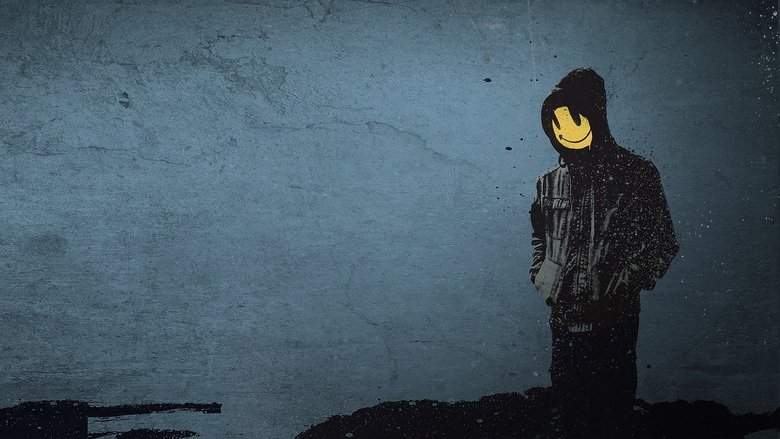
Banksy is the world's most infamous street artist, whose political art, criminal stunts and daring invasions have outraged the establishment for over two decades. Featuring rare interviews with Banksy, this is the story of how an outlaw artist led a revolutionary new movement and built a multi-million dollar empire, while his identity remained shrouded in mystery.
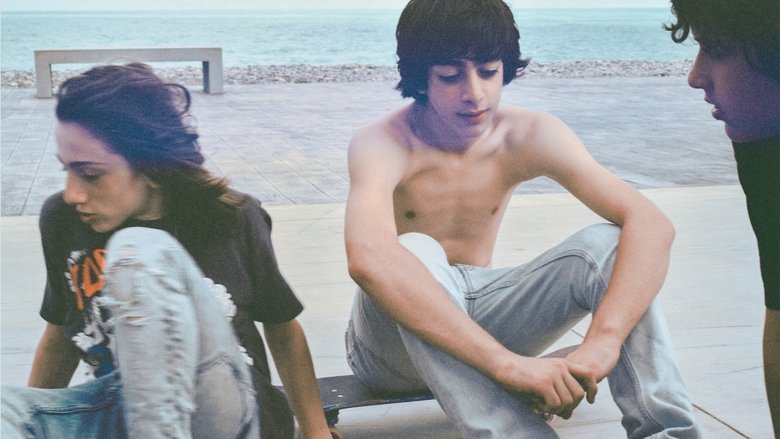
A poetic documentary about modern youth... the stories of kids, skaters, artists and musicians in a post soviet Georgia - a country in a distracted condition, where one can be crashed by the power of church and politics. A close look at the rich world of teenager dreams and sentiments, being lost searching for non existing spots of freedom and romantic state of mind.

Takes us to locations all around the US and shows us the heavy toll that modern technology is having on humans and the earth. The visual tone poem contains neither dialogue nor a vocalized narration: its tone is set by the juxtaposition of images and the exceptional music by Philip Glass.
This retrospective exhibition gives brilliant insight into the artist’s work of the last 4 decades. Credit for this highly sensitive selection of Morris’ work goes to Rosalind Krauss, who curated the exhibition. We invited artist and curator to come back to the Guggenheim Museum for a second look at the exhibition. The filmed walk-through gives a vivid sense of the artist’s progress and documents the views of the artist and Rosalind Krauss, one of the most significant critics of our time.
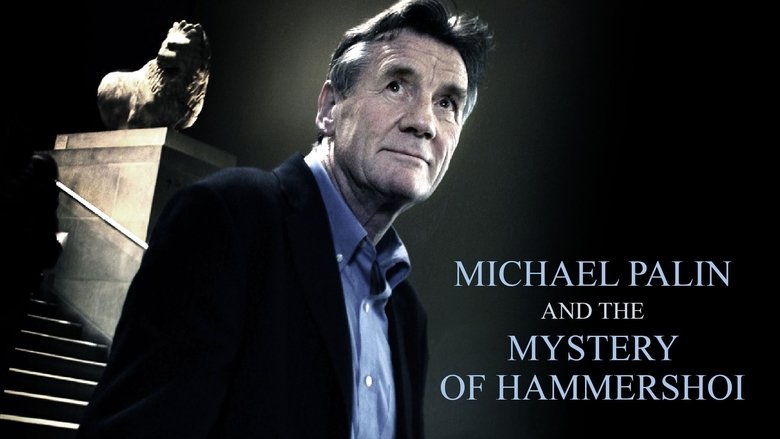
In 2005, Michael Palin set out to unlock the mysteries and find out about the background and life of Danish painter Vilhelm Hammershøi. Hammershøi painted around the start of the 20th century and many of his pictures have a distinct coolness and distance about them. Palin, wanting to know of his inspirations and the reason for these mystical pictures, starts his search in Hayward Gallery in London, goes to Amsterdam and finally the painters home town, Copenhagen (Denmark).
Nychos is an illustrator, Urban Art- and Graffiti artist who became known with his street concept RABBIT EYE MOVEMENT (REM) 10 years ago. The icon of the movement is a white rabbit, which has been breeding since then and has been popping up in the streets all over the globe for the past decade. This is exactly what Nychos thrives for – he travels the world to spread his art and his REM concept. Within the last two years Nychos was accompanied by filmmaker Christian Fischer who recorded these journeys to create a full lenght movie. ”The Deepest Depths Of The Burrow” is a documentary about art, lifestyle and subculture.
As the walls of Cuba's ageing infrastructure continue to crumble, a burgeoning street art scene is born in Havana. Murals of hand-painted masked character – Supermalo – with the tag “2+2=5?” have begun to appear in seemingly every corner of the heavily foot trafficked city.
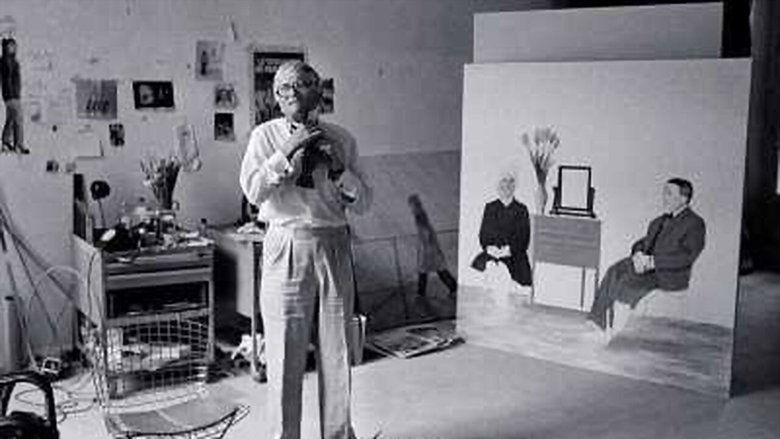
He is a major figure in the pop art movement; one of the most popular and influential artists of his generation. The motifs and colors of his canvasses have been widely reproduced, and are now part of the 20th century art pantheon, changing the way we view the world. Hockney is typically seen as an artist who loves life, a good time, glamour and sex. The highly personal and emotional side of his work is often overlooked, much like the intensity and individuality he has shown in each of his successive periods and styles. Through images, anecdotes, and detailed pictorial analysis, this documentary highlights how the renowned painter defies classification and remains mysterious in many ways: an intense, profound, and infinitely passionate artist.
Kings And Toys is a documentary about graffiti, its culture and living with it. Featuring interviews with tons of writers from the U.K., the U.S and Europe, including graffiti legends like Goldie, Loomit, Seen, Futura 2000, Case 2 and Mode 2. The film originally went out on the U.K’s Channel 4 – in 1999.
Jake Chapman explores why Goya's The Disasters of War etchings are so central to his own art and explains why, for him, there is a fundamental conflict at the heart of Goya's art.
A collection of BBC archive material about painter Francis Bacon, including a previously unseen interview recorded in 1965.
TWO OR THREE THINGS I KNOW ABOUT EDWARD HOPPER is an immersive experience in 3D, that takes its viewers on a journey into the world of Hopper, sharpening their senses for some aspects of his unique work.
Art Critic Waldemar Januzczak presents this documentary which details french artist Toulouse-Lautrec's life.